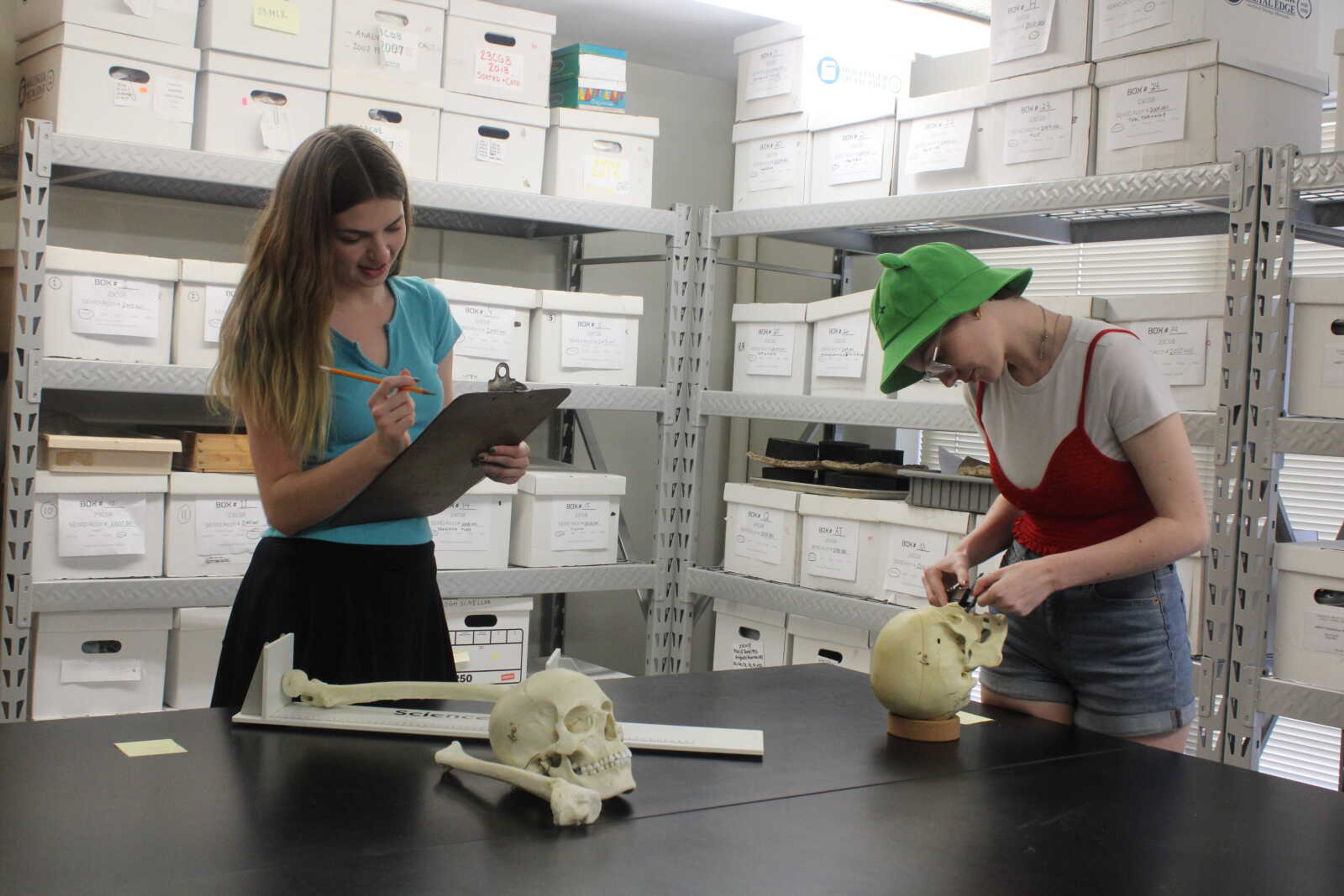SEMO Anthropology Department uncovers identity of Lincoln County John Doe (1984)
SEMO’s Anthropology Department has uncovered their fifth cold case identification. “Through the genealogy process, the individual previously known as the ‘Lincoln County John Doe of 1984’ was identified as a man named Jack Langeneckert,” professor of anthropology Jennifer Bengston said...
SEMO’s Anthropology Department has uncovered their fifth cold case identification.
“Through the genealogy process, the individual previously known as the ‘Lincoln County John Doe of 1984’ was identified as a man named Jack Langeneckert,” professor of anthropology Jennifer Bengston said.
Bengston said Langeneckert was in his early 50s and went missing around 1982. He was a realtor in St. Louis who left to go to work and never came home.
According to DNASolves, Langeneckert’s body was found on a farm near Troy, Mo. His cause of death was a gunshot wound to his head. His death has now been ruled as a homicide.
The process of identifying these cold cases releases more information today than ever before.
“In 1984, they did the best they could with the information and technology that they had at the time to identify him, but they were unable to,” Bengston said. “Fast forward to 2022. We started working on the case when we got the remains from the coroner at Lincoln County. We brought [the remains] to the lab and did a full inventory and renewed anthropological analysis on the remains, which is the first thing we do.”
The team then looks at what bones they have and makes a basic estimation on the gender, ancestry, height and age of the unidentified body. This can help with narrowing down the search of the missing person from databases or finding out if they have been put into a database.
“We then come up with a list of forensic testing that we think would be helpful and send it in,” Bengston said. “We send the list to law enforcement for approval, and if they do approve, we start doing the testing.”
The team raises money to help cover the costs of working on these cold cases. It can cost upwards of $7,000.
“This sounds like a lot of money, but when you think of what the results are — someone getting their name back and families getting answers — it is not that much money,” Bengston said.
The team thought there were skeletal elements present that would be good candidates for DNA extractions and genomic sequencing. The sequencing gives the team a set of genomic data that they can compare with the data in the database and identify distant relatives of the unidentified person through genomic databases.
Anyone who has ever taken a 23andme test has an option to download their data and upload it to a genealogy database called GEDmatch, which helps with these identifications. The team works closely with a company that specializes in this. The company then sequences the information and puts the data into a digital file format compatible with the genealogy database to get results on who the unidentified person may be related to.
They then build up the family tree of relatives found and factor in the identifiable traits to find out who may be the missing link.
Senior health science and anthropology major Whitney Smith said it is “nice” to be a part of the team of people that help with identifying cold cases.
“For the cases that the SEMO anthropology team has worked on and been able to find names for, it makes me really proud to be a part of that,” Smith said. “I want to hopefully give peace to someone’s family through getting them back to their loved ones.”
Sophomore anthropology and forensic chemistry major Grace Sommer said she has been “dying” to work on these cold cases since she heard SEMO was offering the program to students. “It is very cool to be able to get hands-on experience in what I want to do in life, especially as a sophomore, when most of this is for upperclassmen,” Sommer said.
SEMO’s Anthropology team regularly works on the identification of these cold cases around their normal school and work schedules. To read about their second cold case identification, visit the Arrow article.






